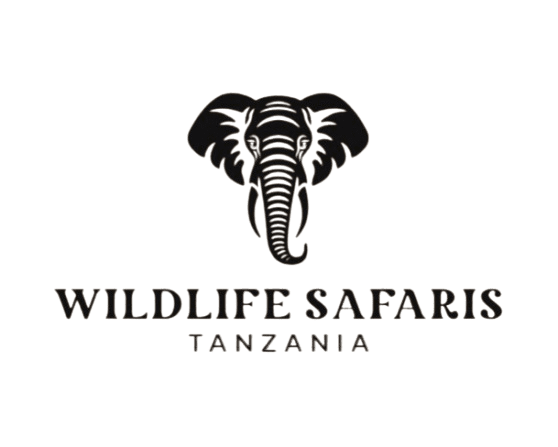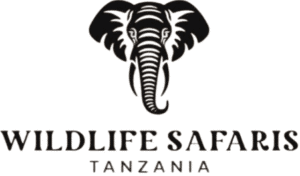Best and Worst Times to Visit Africa
Africa is a year-round destination, but every month brings different experiences depending on the region, weather, wildlife patterns, and travel style. Understanding the best and worst times to visit helps you plan a safari or holiday that matches your expectations—whether you want dry-season wildlife, lush green landscapes, fewer tourists, or ideal beach conditions.
Below is a clear, honest, and traveler-friendly guide to help you choose the perfect time for your African adventure.
Best Time to Visit – Dry Season (June to October)
The dry season is widely considered the best time to visit much of East and Southern Africa. These months offer fantastic wildlife viewing, excellent weather, and the famous Great Migration events.
Why It’s the Best Time
-
Wildlife concentrates around water sources
-
Grass is short, making animals easy to spot
-
Clear, sunny skies and low humidity
-
Ideal for the Serengeti, Masai Mara, Kruger, Chobe, and the Okavango Delta
-
Best time for gorilla trekking (June–September)
-
Comfortable temperatures for game drives
This is also peak season for visitors, making it vibrant and full of energy.
Best For
-
First-time safari travelers
-
Photographers
-
Big Five sightings
-
Walking safaris
-
Migration river crossings
-
Luxury lodge experiences
Best Time to Visit – Shoulder Season (January to March & November)
Shoulder seasons strike a perfect balance between good weather, fewer crowds, and lower prices.
Why It’s a Great Time
-
Landscapes become green and beautiful
-
Predators remain active
-
Calving season in the Serengeti (January–March)
-
Migratory birds arrive in full color
-
Lodges offer excellent deals
-
Parks are quieter and peaceful
Best For
-
Birdwatchers
-
Budget travelers
-
Travelers wanting fewer crowds
-
Photographers loving dramatic skies
-
Families visiting outside holidays
Worst Time to Visit – Long Rains (April to May)
April and May (and sometimes early June) are considered the worst time to visit for traditional wildlife safaris in many regions of East Africa due to heavy rainfall.
Why It Can Be Challenging
-
Some lodges close due to muddy roads
-
Wildlife disperses with abundant water
-
Roads can become slippery and difficult
-
Continuous rain can interrupt activities
-
Some destinations may be inaccessible
But There Are Advantages
-
Lowest prices of the year
-
Empty parks = ultimate privacy
-
Dramatic green scenery
-
Excellent for photography
-
Great for travelers who don’t mind rain
Best Alternatives During This Time
-
Botswana (shoulder/transition season)
-
Namibia (cool, dry conditions)
-
South Africa (Kruger remains good all year)
-
Gorilla trekking is still possible with proper gear
Worst Time to Visit – Extreme Heat (October to Early December in Southern Africa)
Some parts of Southern Africa experience intense heat before the rains arrive.
Why It Can Be Difficult
-
Temperatures soar above 40°C
-
Water sources dry up
-
Dust storms may occur
-
Hot nights reduce comfort
-
Some wildlife is less active in the heat
But There Are Positives
-
Best elephant viewing in Botswana & Zimbabwe
-
Great predator sightings
-
Lower visitor numbers
-
Incredible sunsets
Best Time for Beach Holidays – June to March
East Africa’s coast (Zanzibar, Kenya Coast, Mozambique, Seychelles, Mauritius) enjoys long stretches of sunny, calm weather from June through March.
Best Months
-
June–October: Cool, clear, low humidity
-
December–March: Warm, bright, great swimming and diving
Worst Months
-
April–May: Heavy rains with choppy seas
Gorilla Trekking – Best & Worst Times
Best
-
June to September & December to February
Cool, dry, easier trekking conditions.
Worst
-
March to May & October to November
Trails can be muddy and slippery, though sightings remain excellent year-round.
The Real Truth: “Worst Time” Doesn’t Mean Bad
Africa is different from other travel destinations—even the “worst” months offer incredible experiences.
Rainy months have lush beauty, low crowds, and unbeatable deals.
Hot months offer dramatic wildlife activity.
Green seasons are magical for photographers and adventurous travelers.
So the “worst time” is really just the least convenient, not genuinely bad.
Conclusion
The best and worst times to visit Africa depend entirely on what you want:
-
June–October: Best wildlife, best weather, busiest season.
-
January–March: Calving season, excellent balance.
-
November: Green, fresh, great value.
-
April–May: Wettest, quietest, cheapest—ideal for flexible travelers.
Africa rewards travelers all year round. By understanding the seasons, you can choose the moment that matches your dream—whether it’s chasing the Great Migration, trekking mountain gorillas, photographing green landscapes, or relaxing on tropical beaches.


